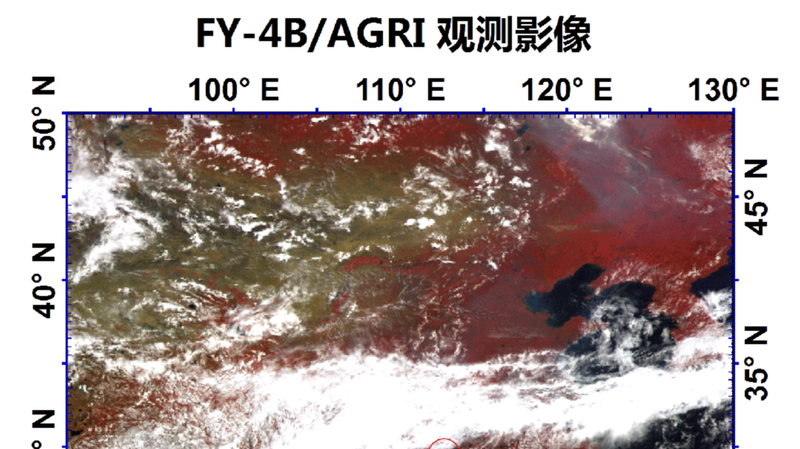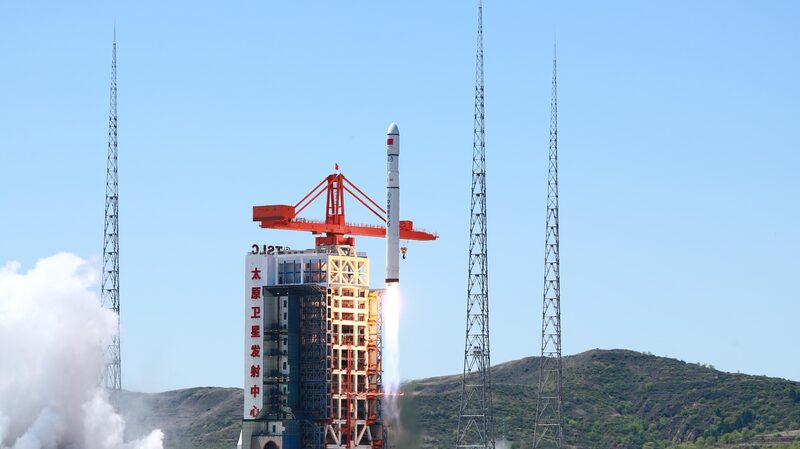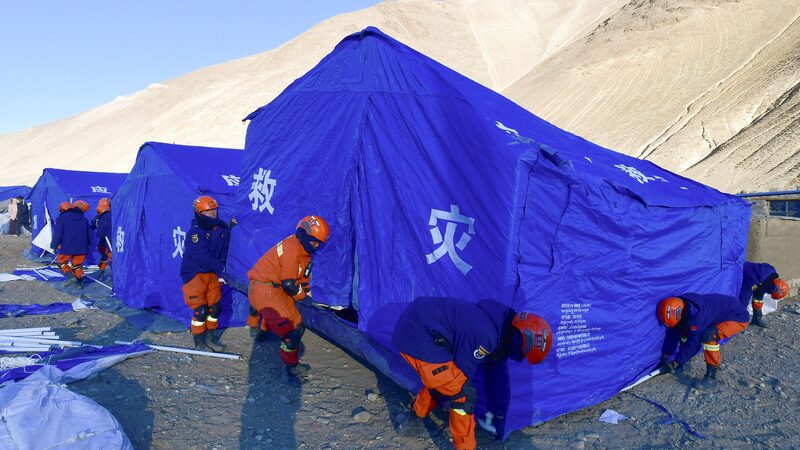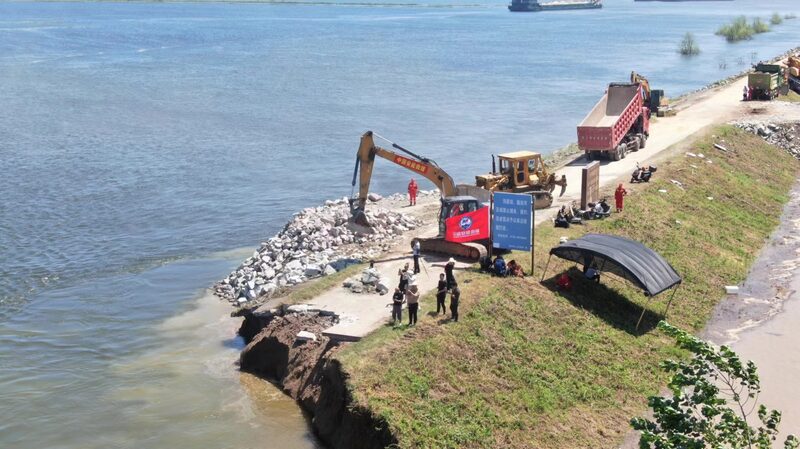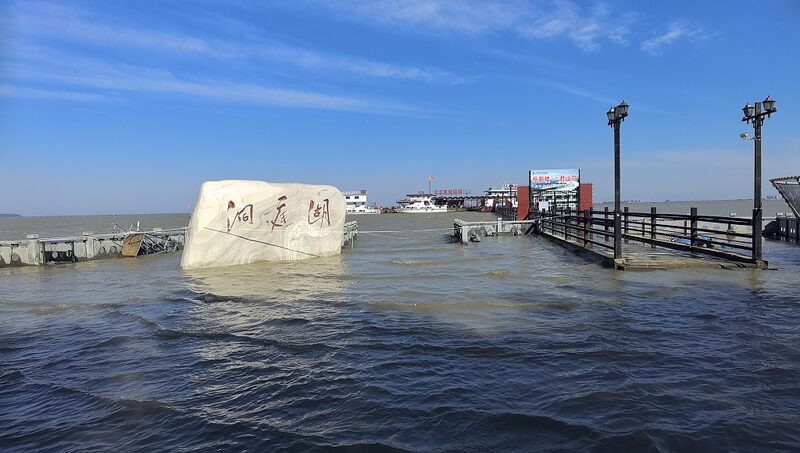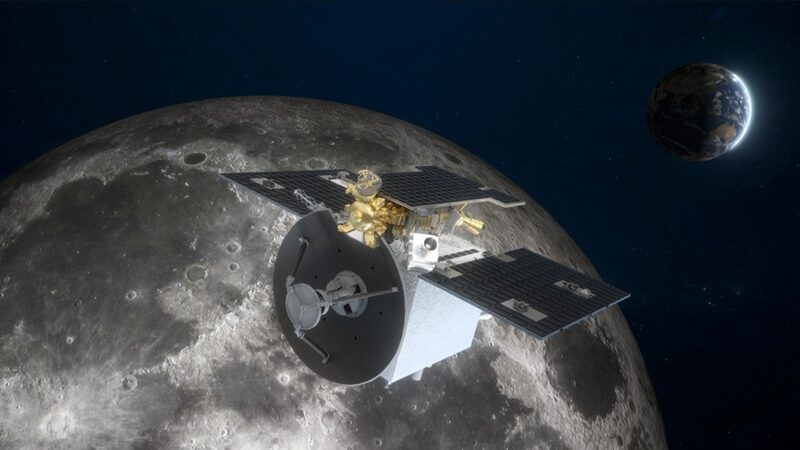As the sun rose over central China’s Dongting Lake on July 5, an urgent crisis unfolded. A breach in the dike at Tuanzhou Township, Huarong County, Yueyang City, sent torrents of water flooding into nearby areas. Thousands of lives and properties were at stake. Responding swiftly, Chinese emergency authorities deployed an impressive array of satellites to support the rescue and relief efforts.
Among the satellites mobilized were the Fengyun meteorological satellites, developed by the Shanghai Academy of Spaceflight Technology (SACT), a subsidiary of China Aerospace Science and Technology Corporation (CASC). These satellites began providing real-time monitoring of precipitation in the affected and upstream regions, delivering crucial data to rescue teams on the ground.
“Fengyun satellites played a pivotal role in offering real-time meteorological information,” said a spokesperson from SACT. Advanced instruments like the Geosynchronous High-speed Imager (GHI) aboard Fengyun-4B and the Medium Resolution Spectral Imager (MERSI-III) on Fengyun-3F closely tracked weather changes in the disaster zone. This vital information was relayed to relevant units, supporting timely and effective disaster relief work.
Beyond real-time data, the Fengyun satellites provided a wealth of additional insights, including cloud maps, cloud height and temperature data, cloud phase information, precipitation estimates, and detection products. This comprehensive dataset significantly bolstered meteorological forecasting services, enhancing the ability of rescuers to anticipate and respond to changing conditions.
“Fengyun satellites are capable of generating hundreds of satellite products encompassing atmospheric, land, ocean, and space observations,” the SACT spokesperson added. “We are committed to further enhancing their observation capabilities, solidifying their role as a crucial outpost in building a robust first line of defense for preventing and mitigating meteorological disasters.”
In addition to the Fengyun series, several other satellites were deployed to aid relief efforts. The China Center for Resources Satellite Data and Application (CRESDA) activated satellites such as Gaofen-3 02, Gaofen-3 03, Gaofen-1, and Gaofen-4 to provide real-time observations of the affected areas.
Commercial satellite companies also joined the mission to safeguard lives and property. Chang Guang Satellite Technology Co., Ltd. deployed its Jilin-1 Kuanfu 01A satellite, capturing high-resolution images shortly after the dike breach. These images revealed a significant widening of the breach and extensive flooding compared to previous observations. Smart Satellite Technology Co., Ltd. utilized its SmartSat-X1 satellite to gather detailed data on the disaster zone, while Beijing Minospace Technology Co., Ltd. activated its Taijing-4 01 and Taijing-4 03 satellites to contribute to the relief efforts.
On the ground, thousands of rescuers, including firefighters, hydrologists, volunteers, and police, worked tirelessly to safeguard lives and properties. The integration of satellite technology into the rescue operations provided a critical advantage, allowing for real-time assessment and more effective coordination in response to the disaster.
The collaborative efforts between governmental agencies and commercial enterprises underscore China’s commitment to leveraging advanced technology in emergency response. As the situation at Dongting Lake continues to evolve, the deployment of these satellite resources stands as a testament to the power of innovation in overcoming natural disasters.
Reference(s):
China deploys array of satellites to help battle Dongting dike breach
cgtn.com
